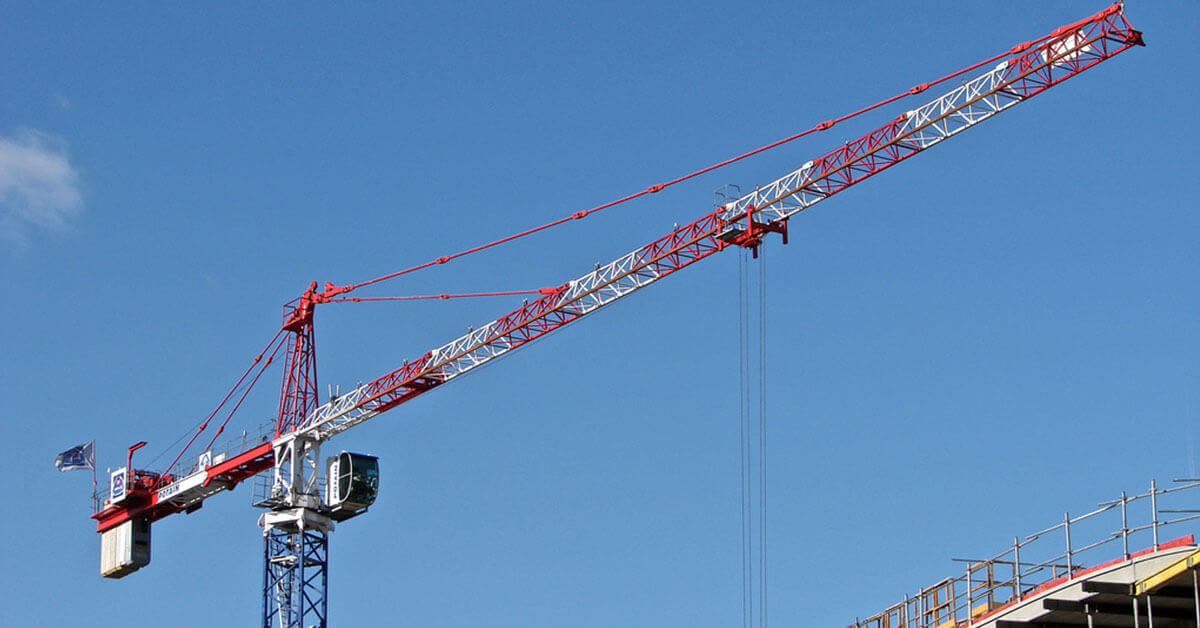We use cookies to analyze traffic and improve your experience. We may also share your information with our analytics partners to improve our website, as detailed in our Privacy Policy. You consent to our cookies if you continue to use this website.

Iron in its purest form is neither exceptionally hard nor strong. In fact, a block of pure iron could be cut with a knife. It’s the addition of carbon and the removal of oxygen that gives iron-based steel its incredible strength.
An alloy is defined as a metal made by combining two or more metallic elements. By adding additional metallic and non-metallic elements to iron and carbon, the properties of the material can be manipulated to suit a specific need or application.
Related: How Structural Steel is Produced
Even the manipulation of the amount of carbon combined with iron can affect the material properties. High-carbon steel contains between 0.60% and 0.95% of carbon (as a percentage of weight) and is incredibly hard and strong, but is less ductile and difficult to weld and machine. As carbon is reduced, the material becomes more like pure iron: softer and more ductile.
The maximum carbon content in steel is 2.1%. Anything more than that is not truly classified as steel. As carbon is reduced, the material falls into one of four categories:
#1: Very high carbon steel (0.96%-2.1% carbon)
Produced via a specialized process, very high carbon steel is extremely strong and capable of resisting localized deformation under high tensions (real speak: it’s really, really strong). Consequently, bending, machining or welding this material is nearly impossible.
#2: High carbon steel (0.55%-0.95% carbon)
Used until recently in railroad track applications, high carbon steel is quite strong, but does offer more ductility than very high carbon steels. Other examples of use include cutting and chiseling tools.
#3: Medium carbon steel (0.3%-0.54% carbon)
Used primarily in machine parts (i.e. gears, axels, bolts), medium carbon balances strength and hardness with ductility.
#4: Low carbon steel (0.05%-0.25%)
Compared to other categories of steel, low carbon steel provides incredible strength relative to a lighter weight. Adding alloys can give low carbon steel different properties without greatly impacting weight.
While all categories of steel can use alloys and non-metallic elements to alter properties, this article will focus on how certain elements alter low carbon steel properties.

"Potain MD 305B K12" by Alexandre Prévot is licensed under CC BY 2.0.
Before looking at elements that harden, let’s first look at the difference between hardening and strengthening.
Steel hardness refers to the level of impact a material can absorb before denting and is usually measured by a Charpy impact test. Temperatures can greatly affect hardness, as material can generally absorb less impact in colder temperatures.
Steel strength, however, focuses on yield point and tensile strength. A yield point is the point in which a material is stressed and deforms (but does not break). Tensile strength is the amount of stress required for the material to fail, or break.
Elements that can harden steel increase the amount of impact a material can absorb. The most common hardening elements are:
These hardening elements are common in quenched and tempered grades (i.e. ASTM A710 or ASTM A514) and offshore grades (i.e. ASTM A633). While nickel is added to carbon steel alloys, it is more common in stainless steel grades.
*Manganese, phosphorus and silicon are the most common elements added to steel. ASTM A36 (a mild steel) and ASTM A572-50 (a high-strength, low-allow steel) are two of the most widely-used grades in North America and contain levels of these three elements.
Elements that strengthen steel increase the load the material can bear. For this reason, it is common to see these elements in infrastructure, such as bridges, buildings and roads. The most common strengthening elements are:
These strengthening elements are common in high-strength low-alloy grades (i.e. ASTM A572-50 and ASTM A656) and quenched and tempered grades (i.e. ASTM A514).
Machinability is an important factor in projects that require material welding, drilling, bolting or machining. Common elements added to steel alloys that promote ductility include:
These softening elements are common in quenched and tempered grades (i.e. ASTM A514), and are used variously across dozens of others.

"Long Bien Bridge" by Rod Waddington is licensed under CC BY 2.0.
For applications that require resistance to atmospheric conditions, elements that promote corrosion resistance are critical to steel alloys. Common elements used include:
Corrosion resistance is important for structural steel used in outdoor applications, such as bridges, as well as marine or offshore applications.
The building blocks of steel are simple: iron and carbon. But a wide range of metallic and non-metallic elements can alter the properties and behavior of steel, making it a viable resource for a number of applications.
Leeco® Steel specializes in supplying carbon steel plate in the U.S., Canada and Mexico. We have a deep inventory of a variety of alloy steel grades so – after you determine the ideal steel grade for your project – you can get the steel plate you need, when you need it.
Looking for a quote? We recommend you use our quote builder or submit a request for quote document via our RFQ Form.
Quote Builder Submit an RFQ